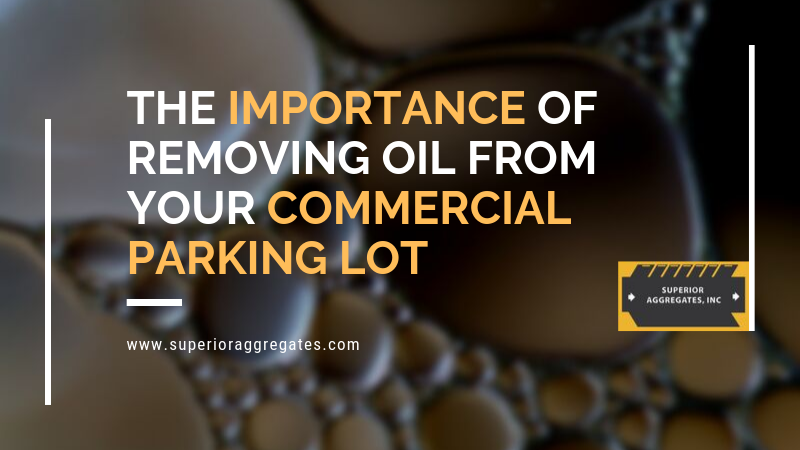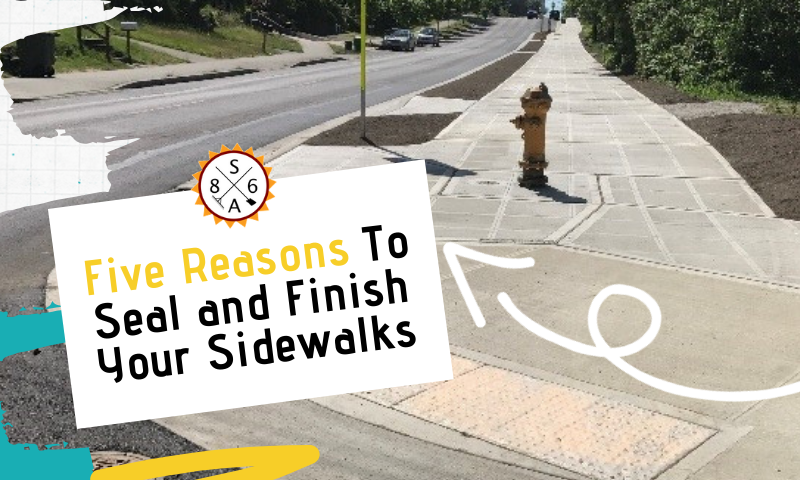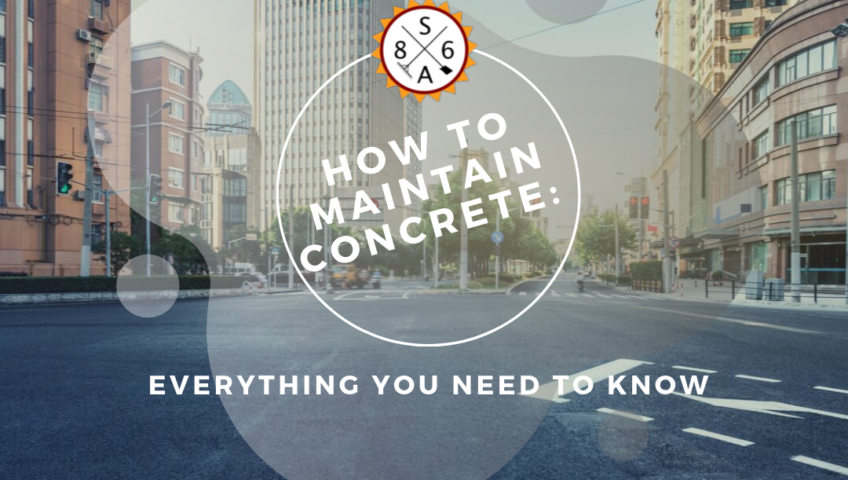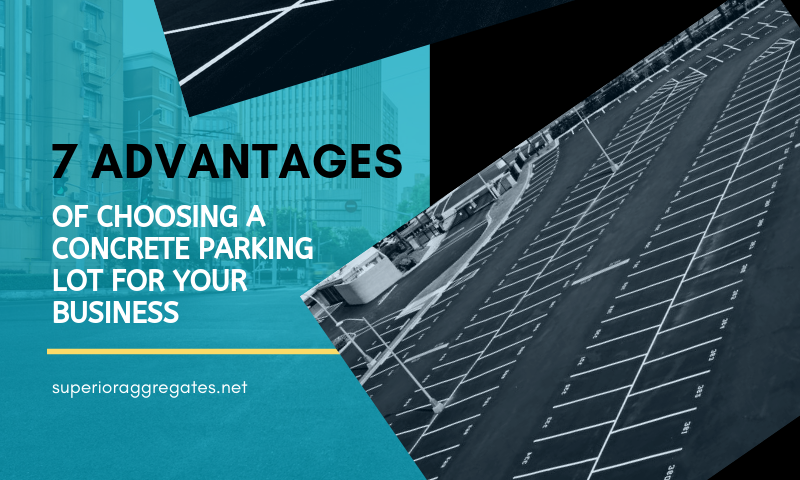
The Importance of Removing Oil From Your Commercial Parking Lot
Maintaining a clean commercial parking lot is key to your success. Cleaning up motor oil is particularly important, as it not only damages your greatest asset but ultimately hurts your bottom line. There are three distinct advantages to quickly cleaning oil spills as part of regular pavement maintenance.
Extending the Life of Your Pavement
Asphalt is made from petroleum mixed with stones, sand, gravel and binders. In order for it to perform properly, the mixture of ingredients has to be just right and remain stable over time. Motor oil from vehicles changes the composition of asphalt if you don’t clean it up. This makes the pavement break down, leading to potholes.
You may not want to make the initial investment in cleaning up oil spills yourself or hiring a professional, but keep in mind that maintaining your parking lot isn’t that different from maintaining the roof on your home or other expensive asset. Keeping your parking lot in good shape means not having to shell out thousands of dollars down the road to make repairs.
Attracting Customers
A clean space is more likely to attract customers to any business. Looking in at smooth, clean pavement makes potential customers feel more comfortable about parking, and they may just turn in without even thinking about other options. A parking lot full of oil stains and potholes may keep that blinker off until they see a more attractive option. They may also feel comfortable throwing down their own trash in a lot that already seems dirty.
If uncleaned oil spills do in fact lead to potholes, customers now have another reason to keep driving. They are not likely to risk damage to their expensive vehicles and face costly repairs if there are better options available.
Helping Develop a Pavement Preservation Plan
Your commercial parking lot represents some, or all, of your income, so it is important to take care of it just as you would a building or other asset. Part of taking care of your investment is having a long-term plan to maintain its health so you can predict, and count on, future revenue. You should know your lot inside and out, including the age of the pavement, what repairs are already completed, what repairs should be in the immediate works, and how long you have before future repairs.
By failing to remove oil stains, you throw a curve ball into your future pavement maintenance plans. You may think you have some time before you have to spend the money for repairs, but that timeline moves up if you have damage due to oil leaks that were left behind. Keeping up with cleaning efforts means creating a much better chance that you can accurately predict your future income. Even an average of one lost parking spot per month due to repairs from oil damage impacts your bottom line.
There are many good reasons to quickly remove oil from your commercial parking lot, and failing to do so not only has individual effects, but cumulatively can cut severely into your bottom line. Spend the time and money on proper maintenance to protect your investment in the long term.
Maintaining a clean commercial parking lot is key to your success. Cleaning up motor oil is particularly important, as it not only damages your greatest asset but ultimately hurts your bottom line. There are three distinct advantages to quickly cleaning oil spills as part of regular pavement maintenance.
Extending the Life of Your Pavement
Asphalt is made from petroleum mixed with stones, sand, gravel and binders. In order for it to perform properly, the mixture of ingredients has to be just right and remain stable over time. Motor oil from vehicles changes the composition of asphalt if you don’t clean it up. This makes the pavement break down, leading to potholes.
You may not want to make the initial investment in cleaning up oil spills yourself or hiring a professional, but keep in mind that maintaining your parking lot isn’t that different from maintaining the roof on your home or other expensive asset. Keeping your parking lot in good shape means not having to shell out thousands of dollars down the road to make repairs.
Attracting Customers
A clean space is more likely to attract customers to any business. Looking in at smooth, clean pavement makes potential customers feel more comfortable about parking, and they may just turn in without even thinking about other options. A parking lot full of oil stains and potholes may keep that blinker off until they see a more attractive option. They may also feel comfortable throwing down their own trash in a lot that already seems dirty.
If uncleaned oil spills do in fact lead to potholes, customers now have another reason to keep driving. They are not likely to risk damage to their expensive vehicles and face costly repairs if there are better options available.
Helping Develop a Pavement Preservation Plan
Your commercial parking lot represents some, or all, of your income, so it is important to take care of it just as you would a building or other asset. Part of taking care of your investment is having a long-term plan to maintain its health so you can predict, and count on, future revenue. You should know your lot inside and out, including the age of the pavement, what repairs are already completed, what repairs should be in the immediate works, and how long you have before future repairs.
By failing to remove oil stains, you throw a curve ball into your future pavement maintenance plans. You may think you have some time before you have to spend the money for repairs, but that timeline moves up if you have damage due to oil leaks that were left behind. Keeping up with cleaning efforts means creating a much better chance that you can accurately predict your future income. Even an average of one lost parking spot per month due to repairs from oil damage impacts your bottom line.
There are many good reasons to quickly remove oil from your commercial parking lot, and failing to do so not only has individual effects, but cumulatively can cut severely into your bottom line. Spend the time and money on proper maintenance to protect your investment in the long term.




